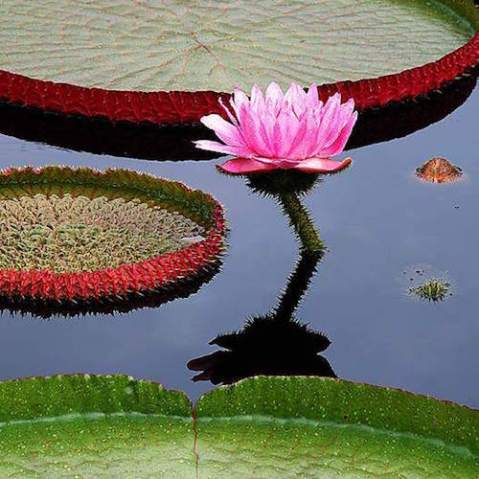How digital cameras record colour
One of the most profoundly interesting things about taking pictures with a digital camera is just how narrow the leap is between the theoretical concepts used by James Clerk Maxwell to create his first colour photograph and that is used in a digital sensor.

Maxwell could certainly never have envisioned the invention of computers or the revolution in miniaturization of electronics that made digital cameras possible. But he would be entirely familiar with—and probably smugly contented with—the underlying principle of how a digital camera sensor captures colour. And his smugness would have been entirely justified.
In its basic design a digital camera is no different than a film camera: both are essentially a black box with a lens at one end to focus and let light into the camera and a recording device at the other to capture the image formed by that light. In Maxwell’s case the recording medium was a light-sensitive emulsion on a glass plate and in your digital camera it’s a tiny electronic silicon-based sensor that uses electric current rather than chemistry to capture images.
Each digital sensor contains an array of millions of microscopic light-gathering cells called photosites. Each of these photosites collects and transmits an electronic signal in direct proportion to how much like strikes it—a concept that is not entirely different from the way that grains of silver capture an image in a film camera. The entire photosite is not light sensitive, only a small part of it, called a photodiode, gathers the light information. And while the terms photosite and pixels are often loosely interchanged, a photosite may actually contain multiple pixels.
The image captured by a digital sensor, however, is a purely tonal image—it’s a black and white picture made of 256 tonal values ranging from pure white to pure black. So how is colour captured? Thank Maxwell for the idea: each individual photosite has a coloured filter over it—either red or green or blue (most sensors have roughly twice as many green sensors as red and blue in their array because the human eye is more sensitive to green light). These coloured filters are usually arranged in what is called a Bayer pattern, named after the Kodak scientist that invented it.
 The layout of a Bayer filter
The layout of a Bayer filter
Each photosite only collects colour information for the single colour of filter that covers it. A red-filtered photosite, for example, collects only red light and blocks out blue and green. Information about the other two colors (again, in this case blue and green) that were not recorded at that particular photosite are recorded in adjacent photosites that contain the other two colour filters. The information from all three areas is then combined and interpolated by the camera to provide an accurate colour blend for the photosite that was measured—in this case the red filtered site.
Because the filters over the array correspond to the three colours of light to which your eyes are sensitive and your camera records both the colour and intensity of light for each of those millions of photosites, a very realistic image is captured. When processed by your camera and transferred to your computer (or displayed on your LCD screen) a full-colour image is created that reveals both accurate colour and seamless tonal gradations. In essence your camera is using exactly the same technology—colour and intensity recorded in each of the three primary colours of light—that Maxwell used.
The Photographer’s Master Guide to Color is Jeff Wignall’s thorough course on colour and the role it plays in digital photography, giving you a new understanding of the important role colour plays in the creation of successful photos, and allowing you take outstanding colour photographs with any digital camera.
 The Photographer’s Master Guide to Colour
The Photographer’s Master Guide to Colour
Jeff Wignall
Buy now!





